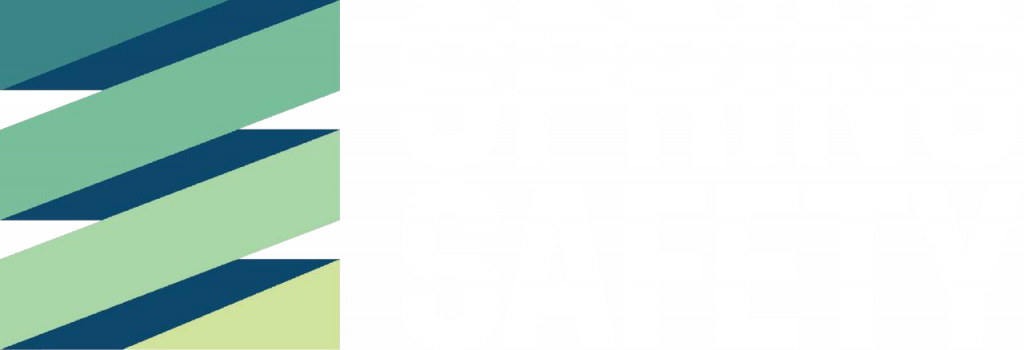In today’s dynamic corporate landscape, fostering a safe and respectful workplace environment is not just a moral imperative but a legal obligation. Sexual harassment remains a persistent issue across industries, impacting the well-being and productivity of employees. As we strive for progress and equality, it’s crucial to confront this issue head-on, with education, awareness, and proactive measures.
The Problem
According to the latest data from the Australian Human Rights Commission survey’s results (2022), the prevalence of sexual harassment in workplaces is alarming. It affects individuals regardless of gender, age, or position within the organisation. A staggering 77% of Australians aged 15 or older have experienced sexual harassment at some point in their lives. This includes 89% of women and 64% of men. Within the workplace, between 2021-2022, 19% of individuals have been sexually harassed (1 in 5 people), with women experiencing higher rates (41%) compared to men (26%). In specific industries such as mining, construction, electricity, gas, water and waste services, administration and support services, women were more likely to be harassed. These statistics underscore the urgent need for comprehensive strategies to combat such behaviour.
Over the past five years, approximately 41% of workers were either witness to or informed about instances of sexual harassment at their workplace. Yet only around 35% of these individuals intervened to mitigate or prevent harm. However, it is notable that a significant majority, comprising 61% of those who intervened, reported a cessation of the harassment following their actions. This highlights the crucial role of bystander intervention and proactive measures in fostering a safer workplace culture.
The consequences of neglecting to address sexual harassment reach beyond mere financial penalties, encompassing reputational harm, talent attrition, diminished morale, and reduced productivity. Conversely, organisations that prioritise workplace safety and equality foster enhanced employee satisfaction, loyalty, and performance and contribute to the cost savings for Australian businesses, estimated at $4.5 billion annually.
At Spring Safety Consultants, we recognise the gravity of this issue and are committed to partnering with companies to address and prevent sexual harassment effectively. Our approach goes beyond compliance; it is rooted in creating a culture of respect, empathy, and accountability. As we embark on this journey towards a safer workplace, it is essential to recognise that change starts with each of us. We must challenge outdated norms, confront biases, and hold ourselves and others accountable for creating a culture of respect and dignity.
Our Solutions
Education and Training: Our tailored training programs provide practical guidance on fostering a respectful workplace culture, promoting bystander intervention, and handling complaints sensitively and confidentially.
Policy Development: We assist in developing robust policies and procedures that reflect legal requirements and best practices in preventing and addressing sexual harassment.
Cultural Transformation: We work with leadership teams to cultivate an inclusive environment where all employees feel valued and heard, promoting transparent communication channels and a zero-tolerance stance towards harassment.
Conclusion
Sexual harassment is not just an HR issue; it’s a societal issue that requires collective action. By partnering with Spring Safety Consultants, companies can take proactive steps to prevent sexual harassment, protect their employees, and foster a workplace where everyone can thrive. Let’s commit to promoting awareness, educating ourselves and others, and building a future where harassment has no place in the workplace. Together, we can create safer, more inclusive workplaces for all.
Reference
AHRC. (2022). Time for Respect. Fifth national survey on sexual harassment in Australian workplaces.
Work Health and Safety Commission. (2022). Code of Practice Workplace Behaviour.
by Dorit Ozchakir




